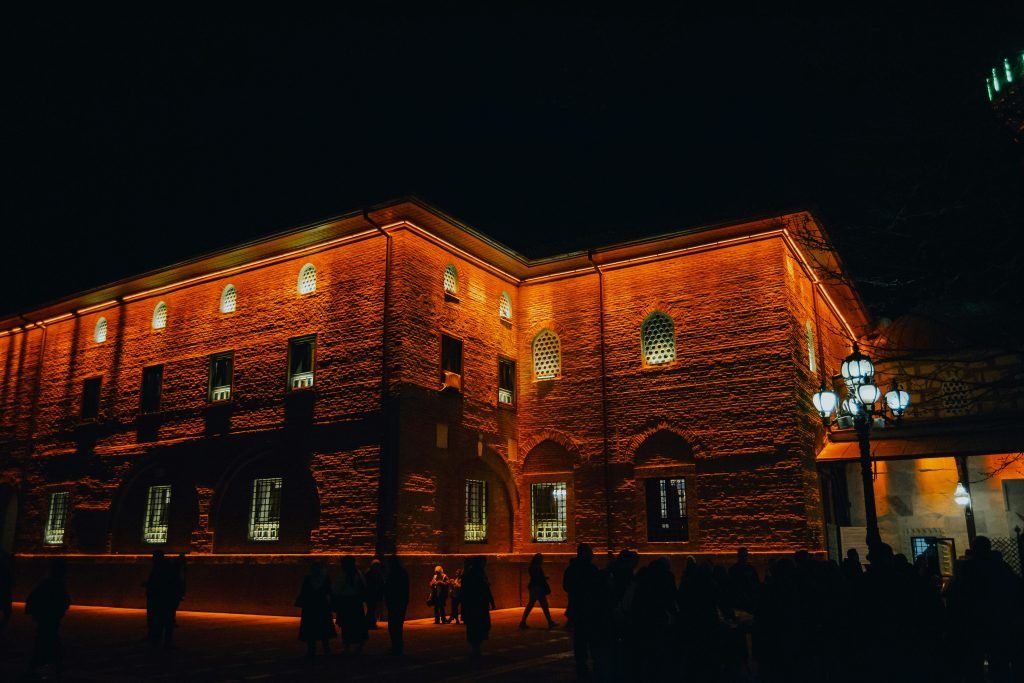Creating a successful outdoor storytelling session through music and song is a delightful way to captivate an audience and bring stories to life against the backdrop of nature. As you plan your session, consider the ambiance of your location, the themes of your stories, and the rhythm of your music. You’ll want to carefully select songs that complement the stories you’re telling, using instruments and melodies that enhance the mood and draw your listeners in. Engaging with your audience through call-and-response songs or interactive elements can also make the experience more immersive and memorable. With thoughtful preparation and a touch of creativity, your storytelling session can transform a simple outdoor gathering into a magical experience filled with music and wonder. Have you ever wondered how you can create a successful outdoor storytelling through music and song session? It’s a magical experience that combines nature, music, and storytelling to create unforgettable moments for your audience. Whether you’re a seasoned storyteller or a novice eager to explore new creative avenues, crafting a session that resonates with your listeners is both an art and a science. This guide will walk you through every step to ensure your outdoor storytelling adventure is a hit.

This image is property of images.pexels.com.
Understanding Outdoor Storytelling Through Music and Song
What is Outdoor Storytelling?
Outdoor storytelling is much more than just moving your standard storytelling session to an outside space. It’s about integrating the natural environment into the narrative, making the surroundings part of the story. Imagine telling a tale of ancient woodland spirits under the canopy of old trees or recounting pirate adventures by the seaside with the rhythmic splash of waves as your soundtrack.
The Role of Music and Song in Storytelling
Music and song can bring an additional layer of emotion and engagement to your storytelling. The right melody or rhythm can set the tone, evoke feelings, and transport your audience to a different time and place. Whether it’s an eerie tune to build suspense or a joyful song to celebrate a triumphant moment, music is a powerful tool in any storyteller’s arsenal.
Why Outdoors?
The outdoors provides a setting free from the constraints of walls and ceilings, allowing for a more immersive and enriching experience. Flora, fauna, and the elements themselves become part of the narrative. Imagine the rustling of leaves complementing a tale of forest creatures or the gentle whisper of the wind during a poignant moment.
Planning Your Session
Selecting the Perfect Location
Choosing the right location is crucial. Look for places that naturally enhance your story. A forest, beach, or park can serve as ideal backdrops.
Factors to Consider:
| Factor | Description |
|---|---|
| Accessibility | Ensure the location is accessible to all participants, including those with mobility issues. |
| Acoustics | Natural acoustics can greatly enhance or detract from your session. Consider how sound travels in the environment. |
| Safety | Prioritize safety and be aware of any potential hazards like steep drops, unstable ground, or wildlife. |
| Comfort | Will your audience have a comfortable place to sit or stand? Bring portable seating if necessary. |
| Weather | Always have a backup plan for inclement weather. Consider locations with some form of shelter. |
Timing Matters
The timing of your session can significantly impact its success. Aim for times when the environment will complement your storytelling—twilight for a haunting tale, midday for a jubilant adventure, or early morning for a story of new beginnings.
Gathering Your Audience
Determine the size and type of your audience. Will it be a family-friendly session or something aimed at adults? Knowing your audience helps tailor your story and music selections.
Setting Up Your Space
Creating the right atmosphere involves more than just showing up. Think about the seating arrangement, lighting, and any props or décor you might need. Use natural elements to enhance the setting—a circle of logs for seats, lanterns for twilight sessions, or a simple canopy of strings and lights.
Crafting Your Story
Choosing the Right Story
Select a story that fits well with your chosen location. Nature myths, historical tales tied to the area, or even a personal anecdote can all work splendidly.
Tips for Story Selection:
| Tip | Explanation |
|---|---|
| Audience Interests | Choose a story that resonates with the expected interests and age range of your audience. |
| Location Relevance | Select a tale that has some connection to the location for added impact. |
| Emotional Range | A story that has a good mix of emotions—humor, drama, suspense—will keep the audience engaged. |
| Length | Make sure the story duration is appropriate. Too long and you might lose interest, too short and it may not be satisfying. |
Integrating Music and Song
Music can be interwoven into the story in multiple ways. You can use songs at key moments, soft background music to set the tone, or even involve the audience in sing-alongs.
Creating a Narrative Arc
Structure your story with a beginning, middle, and end. Set the scene, introduce characters, build tension, and lead up to a satisfying climax and resolution. Use music to accentuate these narrative beats.
Engaging Your Audience
Interactive Elements
Make your session interactive by inviting participation. Ask rhetorical questions, encourage chants, or have call-and-response segments.
Sensory Experiences
Incorporate sensory elements—touch, smell, and sight in addition to sound. Perhaps pass around leaves, shells, or other objects related to your story. Add herbs or scents that match the tale’s setting.
Using Body Language and Expressions
Your body language can convey as much as your spoken words. Use movements, gestures, and facial expressions to bring the story to life.

This image is property of images.pexels.com.
Execution on the Day
Preparing Your Equipment
Ensure all your equipment, from musical instruments to lighting, is in working order and easy to transport.
Equipment Checklist:
| Equipment | Purpose |
|---|---|
| Musical Instruments | For adding music and sound effects |
| Portable Speakers | To project sound if needed |
| Lanterns/Flashlights | For lighting during dusk or nighttime |
| Seating/Cushions | For audience comfort |
| Props | Any items that can enhance the story |
| First Aid Kit | For addressing any minor injuries |
Setting the Scene
Arrive early to set up and test all your equipment. Ensure the area is safe and comfortable for your audience.
Tips for Success
- Warm Up: Do vocal and physical warm-ups to ensure you’re ready.
- Sound Check: Test your instruments and sound equipment.
- Audience Interaction: Greet your audience warmly and make them feel welcome.
- Pacing: Keep an eye on the audience to gauge their engagement and adjust pacing if necessary.
- Adaptability: Be ready to adapt if something unexpected happens. Flexibility is key.
Post-Session Reflection
Gathering Feedback
After your session, take some time to gather feedback from your audience. It can be as simple as asking a few questions or distributing a quick survey.
Personal Reflection
Reflect on what went well and what could be improved. Make notes for future sessions to continually enhance your storytelling craft.
Follow-Up
Stay in touch with your audience. Send a thank-you message, share photos or recordings from the session, and keep them informed about future events.

This image is property of images.pexels.com.
Conclusion
Creating a successful outdoor storytelling through music and song session takes careful planning and a touch of creativity, but the rewards are well worth the effort. The magic of storytelling combined with the power of music and the beauty of the natural world can create an experience that your audience will remember for a lifetime. By choosing the right location, crafting a compelling narrative, and engaging your audience through interactive and sensory experiences, you can transform a simple story into an extraordinary event.
So, gather your instruments, hone your tales, and step into the great outdoors. The world is your stage, and you have the power to weave the kind of magic that only the ancient bards could dream of.




